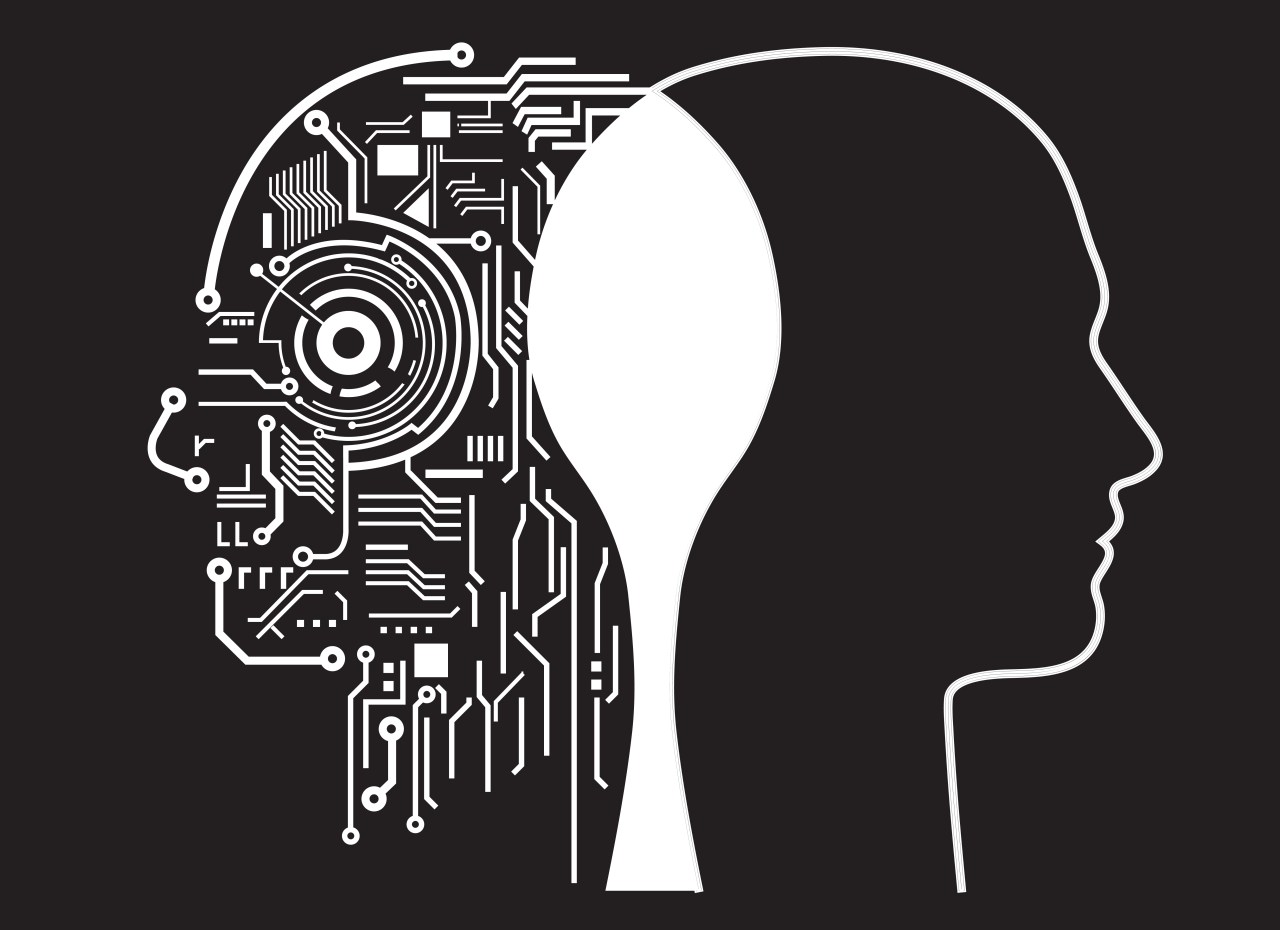Imagine strolling into your favorite bar, greeted by the familiar clink of glasses and the hum of conversation. Before you even settle onto the bar stool, the bartender slides your drink into your hand—no need for conversation or ordering. This seamless experience of interaction embodies the quintessential vision of what invisible user interfaces (UI) aim to achieve. The essence of this concept is that as we integrate artificial intelligence into our daily interactions, the technology becomes less visible and more intuitive, allowing humans to engage with machines effortlessly.
The Shift from Traditional UI to Ambient Interaction
As technology continues to evolve, the conventional ways we interact with devices—clicking buttons, navigating menus, or scrolling through screens—are starting to feel outdated. Innovations in artificial intelligence and machine learning are making it possible to create interfaces that are hidden from view, functioning in the background while we simply go about our lives. The dream of a UI that fades away, allowing for a more natural interaction with technology, brings us to the term ‘Minimum Viable Interaction’ (MVI).
- Seeing the Bigger Picture: At its core, MVI focuses on reducing friction in user interaction by anticipating human needs based on contextual understanding. Picture an AI assistant that intuitively knows your relationships and schedules, allowing you to communicate simply and effectively—without the need for extensive prompts or commands.
- Transforming Roles: The emergence of invisible UI necessitates a shift in how professionals in technology and design collaborate. Technologists must embrace the principles of UX design, stepping into users’ shoes to create empathetic solutions. This fusion of roles cultivates an environment where innovative ideas can flourish.
The Challenges of Achieving Contextual Awareness
To approach the reality of an invisible UI, we must first confront the challenges of contextual awareness. Although today’s devices are equipped with numerous sensors, the understanding of a user’s context remains limited. AI systems often need to account for countless unique scenarios and preferences to deliver a truly personalized experience.
For instance, when utilizing navigation services like Google Maps, the device recognizes your location but may not be able to tailor the experience based on your previous travel habits or your current mood. This limitation hinders the transition from a visible to an invisible UI, creating a need for deeper insights into user behavior.
Building Smarter Interfaces: The Future of Communication
Advancements in natural language processing are paving the way for more human-like interactions with machines. Consider this: when speaking to a digital assistant, it no longer feels like an interrogation. With an impressive 96 percent accuracy rate in understanding spoken language, AI technology is making strides in interpreting our unique speech patterns and phrases. However, such progress is just a stepping stone toward achieving a perfect interaction experience.
Imagine a future where you could rely on a voice-activated assistant that listens to you with unwavering accuracy, regardless of accents or speech quirks. Removing the need for manual input transforms the landscape of human-computer interaction into something fluid and instinctual.
Potential Solutions for a Boundless Future
For invisible UI to become a reality, we must leverage the vast array of sensors in our devices creatively and collaboratively. Connecting multiple devices can provide a richer context, allowing systems to deliver a more holistic understanding of user needs. Embracing the dynamism of technology, we can adapt, iterate, and innovate—opening doors to a realm of seamless interaction.
Conclusion: Embracing the Invisible Revolution
As we journey deeper into the world of artificial intelligence, the vision of an invisible user interface becomes increasingly tangible. By redesigning how we perceive technology and shifting our methodologies toward more intuitive interactions, we can reignite human connection in our digital encounters. The advancement of contextual awareness, coupled with the intelligence from machine learning, will pave the way for meaningful experiences that blend seamlessly into our lives.
At fxis.ai, we believe that such advancements are crucial for the future of AI, as they enable more comprehensive and effective solutions. Our team is continually exploring new methodologies to push the envelope in artificial intelligence, ensuring that our clients benefit from the latest technological innovations. For more insights, updates, or to collaborate on AI development projects, stay connected with fxis.ai.

